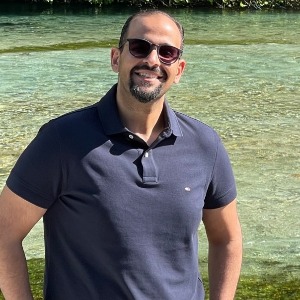Title : Imaging modalities for diagnosis of occult neck of femur fractures: Current practice of NHS district general hospital
Abstract:
Background: Neck of femur fractures (NOFF) are one of the most common fractures, especially in old age community. Nice guidelines recommend Performing surgery on the day of, or the day after, admission. X-ray is usually sufficient to diagnose NOFF. However, in some situations, x-ray doesn't show an obvious fracture despite clinical suspicion of NOFF. The estimated prevalence of occult hip fractures is 2-10% of total hip fractures.
Method: Nice Guidelines recommend Offering an MRI scan if a hip fracture is suspected despite negative X?rays of an adequate standard. If MRI is not available within 24 hours or is contraindicated, to consider a CT scan. We collected the data from both CT and MRI scans for suspected NOFF. We considered the scan to be positive if it defined either intracapsular or extracapsular NOFF. The data was collected for a period of 6 months.
Results: Forty-eight CT scans were performed for suspicion of occult NOFF. The mean age for patients was 83 (53-98) years old. Twelve CTs (25%) were positive for NOFF. Ten of the positive scans were done within 24 hours of the initial x-ray. CT scans done out of working hours were 16 (33%). Our records showed two MRI scans done during the study period. One of them was preceded by a CT with a negative result. Both MRI scans were negative for hip fractures.
Conclusion: MRI scan is the gold standard image modality for occult hip fracture diagnosis. At the same time, a CT scan can provide a suitable alternative if MRI service is not available or could cause a delay in medical service.




